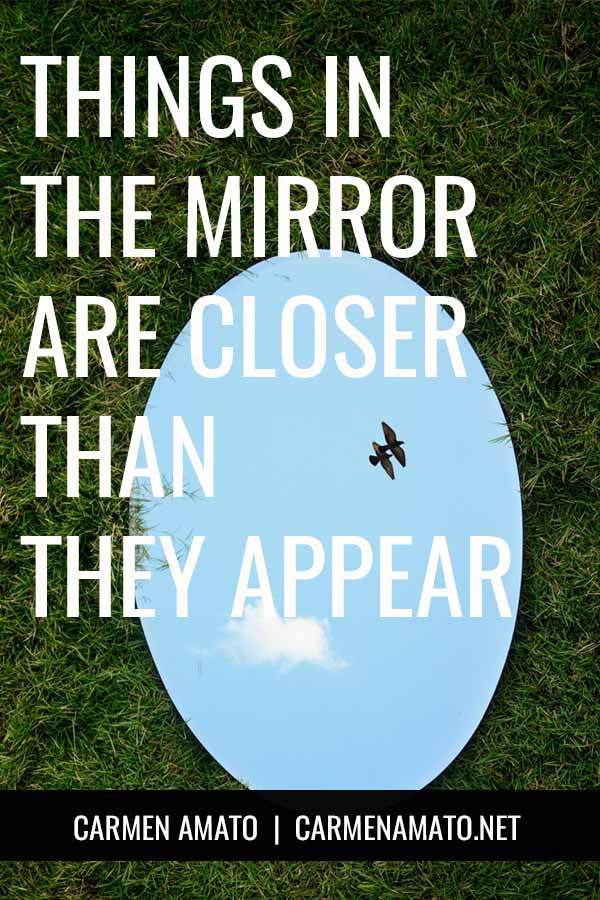What the heck is OSINT
My resume includes this line: OSINT Analyst/Editor, Foreign Broadcast Information Service. Wrote, edited, and briefed analytical conclusions and OSINT reporting content to all levels of inter-and intra-agency audiences.
OSINT is shorthand for intelligence gleaned from openly available sources.
The Foreign Broadcast Information Service (FBIS) was one of the forerunners of the CIA’s Directorate of Digital Innovation. It began its government life (as the Foreign Broadcast Monitoring Service) as part of the Federal Communications Commission in early 1941 to listen to Japanese and German short-wave broadcasts. The new organization hired linguists and social scientists to listen, translate, and analyze radio broadcasts.
Some basics about FBIS are on Wikipedia: https://en.wikipedia.org/wiki/Foreign_Broadcast_Information_Service
After swift growth during World War II, FBIS became part of CIA when the latter organization was created in 1947.
Closed media
The FBIS mission quickly outgrew radio to include all forms of publicly available media. Newspapers, journals, and television became staple sources of critical intelligence.
During the Cold War, FBIS focused on monitoring Soviet and Chinese media.
All media in the Soviet Union, the Communist nations of East Europe, and Communist China were centrally controlled. Except for illicit broadcasts from the BBC or Radio Free Europe, citizens only had access to whatever information was released by centrally controlled news sources, such as the Soviet newspaper Pravda, East German’s Neues Deutschland newspaper, or China’s Xinhua news agency.
It seems unreal in this day of online information oversaturation, doesn’t it?
Decoding “fake news”
With this monopoly on information, controlled media can basically say anything. Yes, this was the birth of fake news.
Thank you, Stalin, Khrushchev, and Brezhnev. Thank you, Mao and Deng. You paved the way.
Critical messages were hidden in plain sight in the news coming out of Beijing and Moscow, both for their citizens and for the overseas audience. There was intelligence to be gleaned, if you knew:
- the meaning behind certain keywords,
- editors and influencers in their media organizations,
- how those media outlets connected to the ruling party and select leaders,
- the difference between news reports for the domestic and the international audiences.
Related post: The Analysis Puzzle
Controlled media during the Cold War put out a mix of real news and propaganda.The history website, HistoryCollection.com described the Soviet approach:
Communist propaganda in the Soviet Union was used to indoctrinate citizens with the Marxist-Leninist ideology in order to promote the Communist Party. In societies where censorship was pervasive, propaganda was a ubiquitous method of controlling people’s thoughts.
The main Soviet censorship body, the General Directorate for the Protection of State Secrets in the Press under the Council of Ministers of the USSR (Glavlit), was established in 1922 to “ensure that the correct ideological spin was put on every published item.”
During the Stalin Era, deviation from the dictates of official propaganda was punished by execution or deportation to Gulag labor camps. After Stalin, such hash disciplinarian methods were replaced by punitive psychiatry, prison, denial of work placement, and loss of citizenship.
See the full article and a great poster collection: https://historycollection.com/50-communist-propaganda-posters-soviet-union/
To pull back the Iron Curtain, so to speak, we had lists of editors and news commentators and knew their ideological and political affiliations. If they deviated from their usual themes and phrasing, it could be a red flag.
For example, every Thursday, China’s Foreign Ministry made a statement to the press. As negotiations for the end of the 99-year British lease of Hong Kong began, everyone was worried. Could another lease be negotiated? If not, how would Communist China handle raucous and democracy-loving Hong Kong? (FYI, those fears are apparently playing out today.)
Certain buzzwords were known to be messages to the West. If they appeared in the briefing it meant the Chinese wanted to officially emphasize that point. That would surface in the public negotiations.
But if the words appeared in in a minor news outlet, it might be just a trial balloon. Testing a harder line, perhaps. Or seeing how the people in Hong Kong reacted before the government espoused the policy.
For more on the Hong Kong handover, check out this article from CNN: https://edition.cnn.com/2017/06/18/asia/hong-kong-handover-china-uk-thatcher/index.html
Fake news techniques
Media analysis was quite a fascinating discipline. It was an insider’s view of how an audience could be groomed/indoctrinated.
Here are a few techniques used by both official Chinese and Soviet media:
- Media reports are slanted or shaded a certain way,
- Context or pivotal details are left out (how much and for how long),
- Headlines mislead, exaggerate, or dismiss (i.e. clickbait),
- Facts that do not align with the article’s intended slant are buried at the bottom or massaged into long and dull paragraphs,
- Phrasing of the intended message is lively, impactful and emotional; rival concepts are portrayed as dull, dangerous or otherwise unappealing,
- Minor news stories are used to obscure/deflect attention from more important but potentially troublesome stories,
- Multiple news outlets use the same exact terminology to create repetition and uniform coverage in order to emphasize/downplay/heighten an event.
- Absence of reporting diminishes a story when “authoritative” media outlets fail to report on a story or offer only a partial report.
- Gaslighting to confuse or deny events, enabling media to claim that an earlier political promise or position “never happened.”
- If editors disappeared or got demoted after a controversial story–early versions of cancel culture.
Imagery can also follow these patterns. For example, certain politicians are shown as grim by one news outlet and smiling by another. Who was on the grandstand at Soviet parades was always an indicator, especially if they were in one picture but not in others, etc.
To reiterate, as an OSINT analyst for a few years during the Cold War, I looked at “closed” media, which meant all the media was controlled by the central government. The population did not have access to news reports from other outlets. This suppression of information made it relatively easy for the government to shape opinions.
Remember, this was before the internet, smartphones, and Google.
It was a fascinating job. Now and then I include a bit of media wonk in the Detective Emilia Cruz mystery series.
But lately, every time I turn on the news, I get a feeling of déjà-vu.



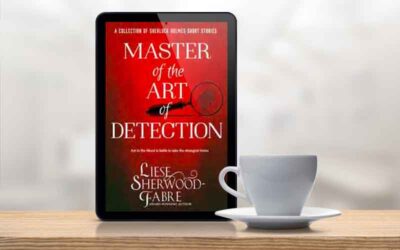



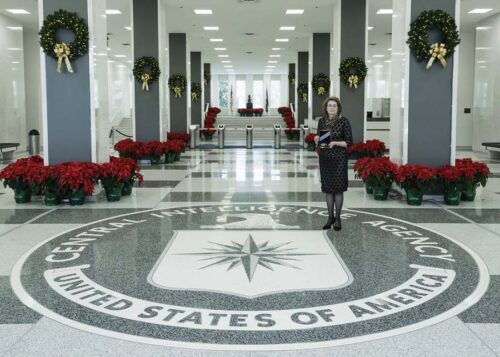



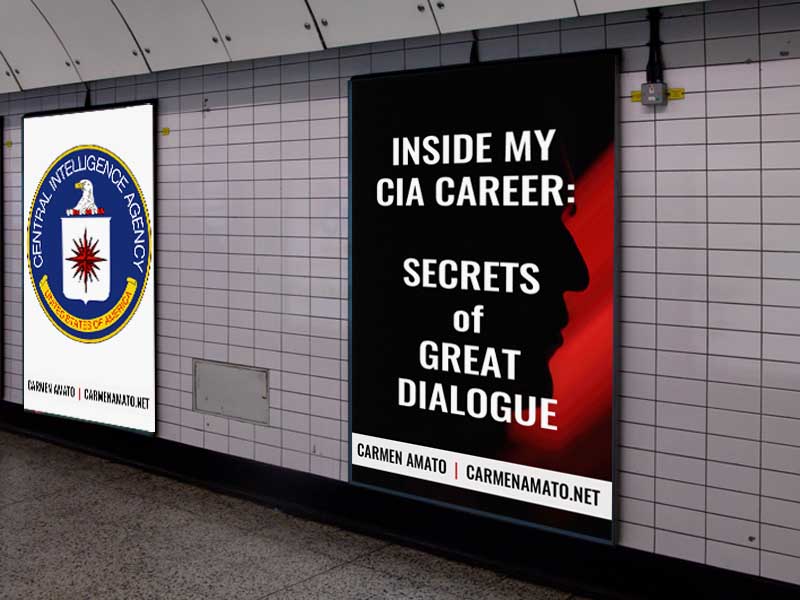
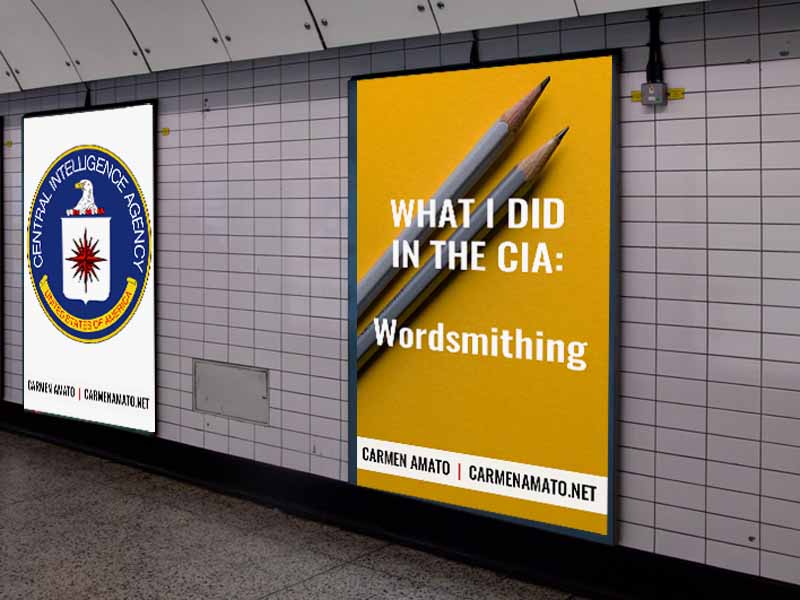
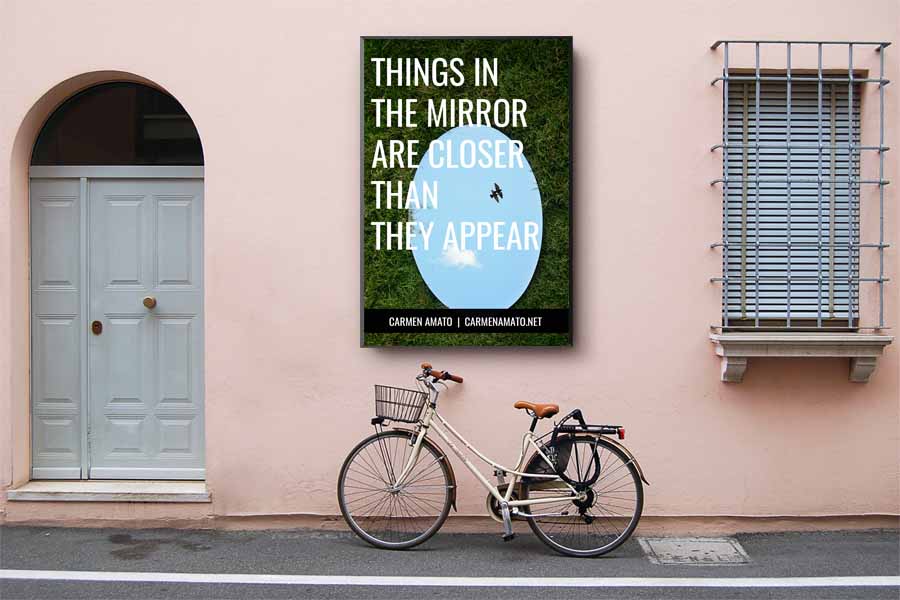

 My small Catholic church has a statue of the Virgin of Guadalupe in a niche to the left of the main altar. When I saw that, my Mexico memories felt tangible again. Not as far away as they were a moment ago.
My small Catholic church has a statue of the Virgin of Guadalupe in a niche to the left of the main altar. When I saw that, my Mexico memories felt tangible again. Not as far away as they were a moment ago.
